The inbound sales approach is a critical element of business in the 21st Century. But this was not always the case: there was a time when sales was all about hard selling; now creating the debate of ‘Inbound vs outbound sales’.
Historically, sales teams have spent their days’ cold calling and sending out bulk emails. However, the buying process has changed in the last few years.
Customers now have greater purchasing power, more access to information, and control over their own buying journey. Because of this, pushing a sale on disinterested consumers is no longer going to work.
So the industry gradually moved towards a softer approach to selling – Inbound Sales. No spam. No sales tactics. Just closing deals by solving customer problems.
Contrary to popular belief, it’s not Inbound vs outbound sales. The two approaches actually work best in tandem.
Inbound sales isn’t just good for customers, it’s also good for business. In addition to new sales revenues, the efficiency of your sales teams increases, and stronger alignment between sales and marketing departments is promoted.
Overall, this can significantly increase customer retention. Ready to optimize your inbound sales strategy?
Let’s get into it!
Table of Contents
What is Inbound Sales?
Inbound Sales is a sales approach that prioritizes individual customers, their needs, challenges, and goals.
It’s the complete opposite of a ‘traditional’ sales process, where everything is about your company or product. Inbound sales is more about tailoring the whole experience around the customer. The aim is to educate, inform, and guide them through the decision-making process.
Providing people with useful, specific information is the first step in moving potential customers through the buyer’s journey towards an ultimate purchase. A simplified look at an average buyer journey from the company’s perspective would be:
- Creating content that attracts potential customers to your website
- Gathering inbound leads by collecting their email addresses
- Nurturing them by continuously providing personal and timely marketing materials

Customers tend to respond better to this approach as they feel they’re being valued, heard, and understood. By nature, inbound sales is more intuitive.
And this technique gets results! Inbound marketing generates three times more leads per dollar than traditional methods.
This is because inbound sales approaches elicit a greater sense of connection and positive emotion towards the company, 2 factors that largely influence the likelihood of a conversion.
Identifying which inbound leads are ready for a sales conversation
The inbound sales process starts with understanding your various buyer personas. Your marketing team needs to understand the type of people they’re supposed to provide valuable content for.
Without developing buyer personas as a basis to work from, they won’t be able to accurately tailor content to their needs and goals.
The first people of interest to a company are referred to as “warm leads”. These are people that have actively expressed an interest in your product or service.
Sales professionals have more information and context about these potential customer’s needs, based on the media they have interacted with. They are therefore better able to tailor their offering to these customers.
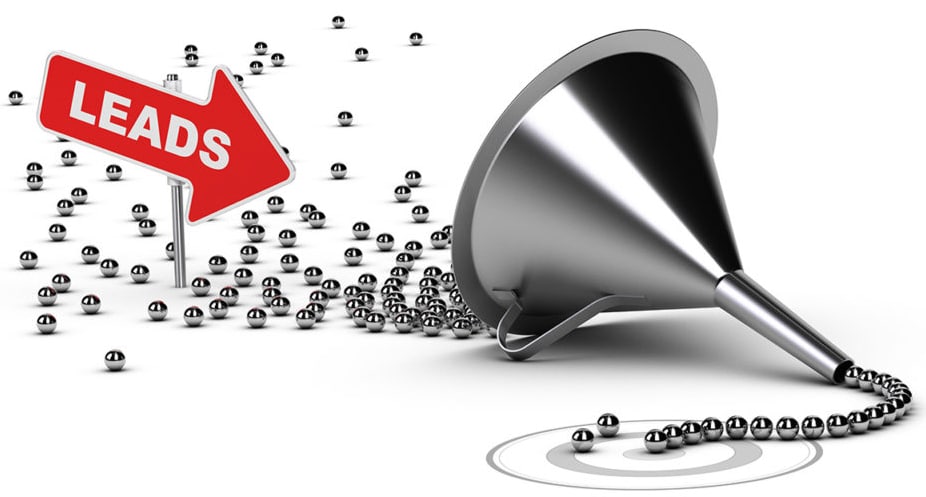
However; it’s important to remember that not every inbound sales lead is prepared to convert. Inquiries may be merely exploratory, without strong intent to move forward in the buying process. Other leads may have discovered that their needs don’t align with your solution.
All inbound leads start their journey as a Marketing-Qualified Lead (MQL) – people who have indicated some interest in the company offering and are therefore more likely to become a customer.
If the MQL moves through the sales pipeline, they become a Sales-Qualified Lead (SQL), and the sales team can now work on converting them into an active customer.
It’s at this point that the process transitions from inbound leads into inbound sales. The sales team will make contact with the lead and try to gather information related to their pain points, needs, and where they are in their buying journey.
What’s the difference: inbound sales vs outbound sales?
There’s a never-ending battle going on within the sales world. Inbound vs Outbound sales.
What’s the difference? What are the pros & cons of each? What is inbound sales in relation to outbound sales? What’s the right approach for your company?
The main difference between inbound vs outbound sales comes down to the direction and flow of the first point of contact.
With inbound sales, it is the prospect that initiates the initial interaction with the company. This can be by reading an article (and thus landing on a company-owned page), attending a webinar, scheduling a free consultation call/meeting, etc.
The customer initiates contact, often by submitting their email via a submission form. They then become an inbound lead and an inbound salesperson will contact them.
With outbound sales, the sales rep contacts the prospect first. The salesperson will make cold calls, send cold emails, and the company will post ads or social media posts, all with the purpose of attracting relevant customers.
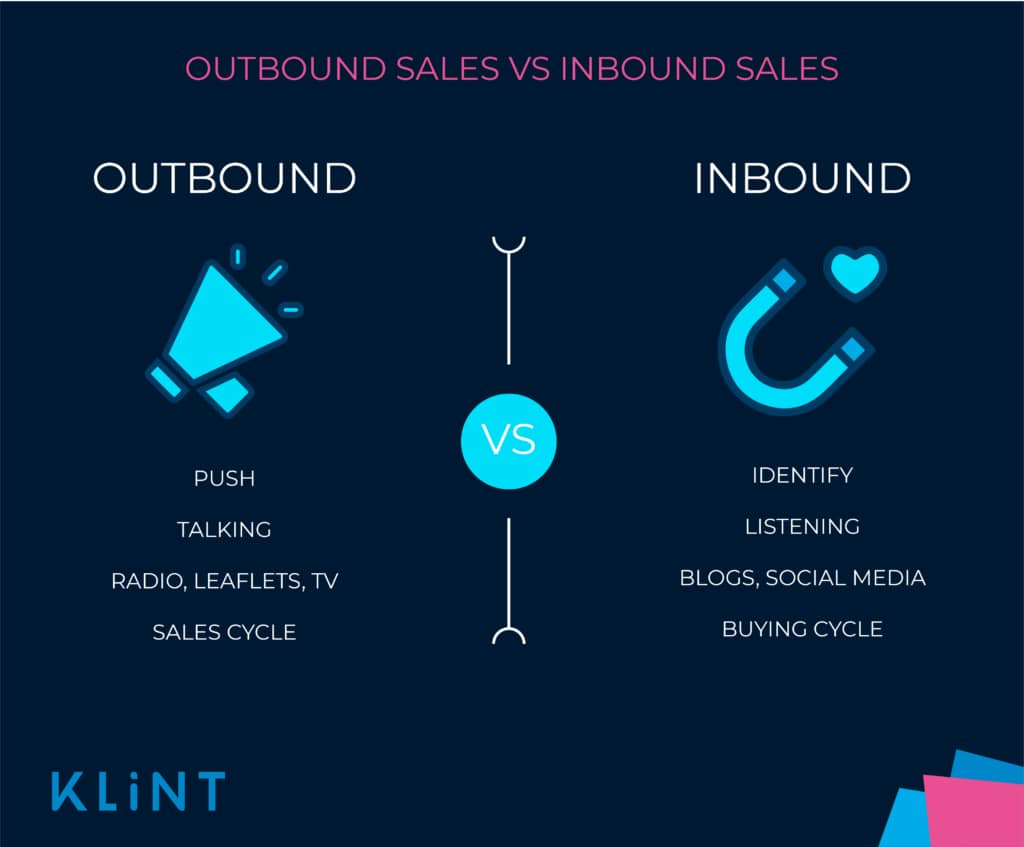
When working with inbound vs outbound sales strategies, it’s important to consider that who initiates first contact as it has a huge impact on the type of customer the business is dealing with.
Inbound leads are typically more aware of and more engaged with the company, and are therefore more open to discussing your product/service on the first contact. After all, what is inbound sales if not a giant lead magnet?
Whereas outbound leads are typically less aware and engaged. This means that before a product/service demonstration is made, your immediate goal is to establish trust and discover if they have a need for your offering.
It’s not necessary to pit the two against each other as ‘inbound vs outbound sales’. The best results will come from using elements from both approaches.
The 5 most effective inbound sales techniques
There are many approaches to Inbound sales – depending on the type of company you are, the product/service you offer and the audience you’re targeting.
Below are 5 constructive Inbound sales techniques that can be applied to any business.
1. Sell the benefits, not the features
Customers are interested in the features of your product/service, but inbound sales require more nuanced tactics. Of course all relevant feature information should be included in your pitch, but it’s the benefits that really motivate buyers to complete a purchase.
Creating an emotional connection between the prospect and the product is a major component of marketing. For instance, “air conditioning” is to the point, but comes across as cold – “keeping your children cool in the summer” adds emotional connection and value to the feature.

Anyone can list features, but knowing how to apply them to an inbound lead is a real skill. This is because an individual feature will have different meanings and therefore benefits to different target groups.
For example, “A spacious car” means something different to different target groups. A family will see accessibility for kids, whereas sports enthusiasts may value how much space there is to store equipment – are the seats foldable, removable, etc.
Bonding the customer to your product/service makes the selling process much easier, and will often keep them loyal to your brand.
2. Open questions invite open conversations
Closed questions give customers the option to easily say ‘no’ to whatever you’re offering.
Salespeople often believe that controlling a conversation means doing all the talking, which is not true.
Open questions give inbound leads the opportunity to describe and elaborate, which can reveal key insights into how to appeal to them. When customers think aloud, they reveal their needs and are actually participating in the sale.
This technique isn’t applicable to every situation, only when your inbound leads would be overwhelmed by a ‘hard selling’ approach, and when you’re not in a rush to close a sale.

3. Relationship building is key
To believe in a product/service, a customer has to first believe in the company selling it. This is a huge factor in successfully nurturing leads through the sales funnel.
There are many ways to build trust (but also lose it). Understanding and having passion for your own product is essential. If you are not able to answer customers’ questions convincingly, they won’t be convinced of the product you’re offering.
Another way is by continuously providing helpful information without forcing a sale on your audience. If your customers sense you have ulterior motives, they will lose trust in you.
Finally, you should look to personalize your customer interactions as much as possible. Customers don’t want to deal with automated marketing content, and no trust can be built in this way.
4. Identify and challenge obstacles
Any salesperson will face rejection from time to time. What makes the best salespeople different is that they know what prevented the sale from happening for the next time.
Once you understand an obstacle to inbound sales, you can begin to work on overcoming it. Inbound salespeople are uniquely positioned to anticipate this because they have a better understanding of the customer.
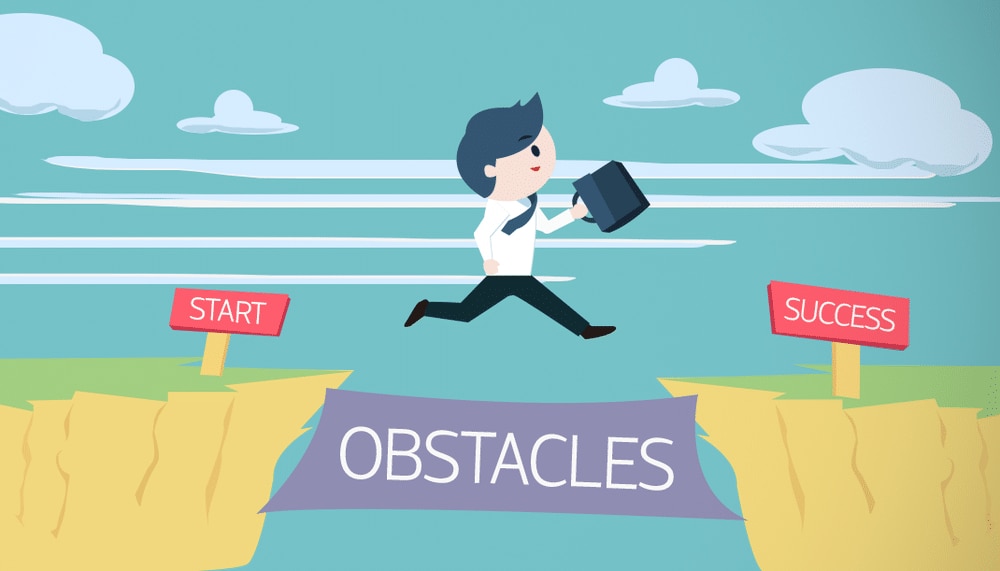
For example:
An inbound lead says that they don’t want the inconvenience of switching providers – you need to communicate how easy it will be.
or
They may say that they don’t think they can afford a premium service, meaning you need to communicate that it might actually save them money in the long term.
It’s important to find out this information as early on in the sales funnel as possible to avoid wasting time and resources on disinterested prospects. This information gathering and filtering often occurs before prospects become an SQL.
5. Develop your buyer’s journey before your sales process
Traditionally, a company’s sales process is built around how they believe their product or solution should be marketed, without a clear grasp of the buyer’s needs at any given moment in their buyer journey.
This can result in repetitive dialogues or impersonal presentations with the incorrect materials provided at the wrong times.
With this in mind, you need to fully map out your buyer journey from the moment they first learn about your organization until the moment they decide to become a customer. The buyer’s journey should be defined before establishing your own internal sales procedure.
The sales process is therefore contextually aligned with the buyer throughout all stages of the buying process, resulting in the delivery of the appropriate conversations, materials, and information at the precise moment.
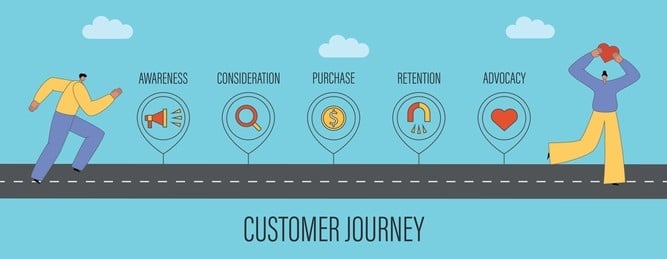
3 examples of successful company inbound sales strategies
Building, implementing, and maintaining a successful inbound sales process is by no means straightforward.
Processes will need to be established before you see a significant rise in inbound leads. Below are 3 companies that have successfully implemented strategies that create a competitive advantage:
Inbound sales techniques at Groove
Description:
Groove posts blogs that provide readers with news and updates about the Groove platform, as well as tips on entrepreneurship, content marketing, and growth hacking, all targeted towards startups and companies on the rise.
The blogs are a success because:
- The posts are data-driven, yet conversational, with examples, charts, and graphs.
- Include big picture topics that appeal to a wider audience than simply focusing on productivity platforms.
- The posts are easy to read and tell a story.
- There are lots of original images to break up text and illustrate concepts.
- Groove isn’t afraid to experiment with content offers within its blog and CTAs that drive people to them.
What you can learn:
Blogs don’t exist just to fill with keywords, they are inbound sales opportunities. By creating articles on different, but related topics, you peak reader interest and engagement. The knock-on effect is that your business will be viewed as trustworthy experts in your field, which will lead to more inbound leads and ultimately conversions.
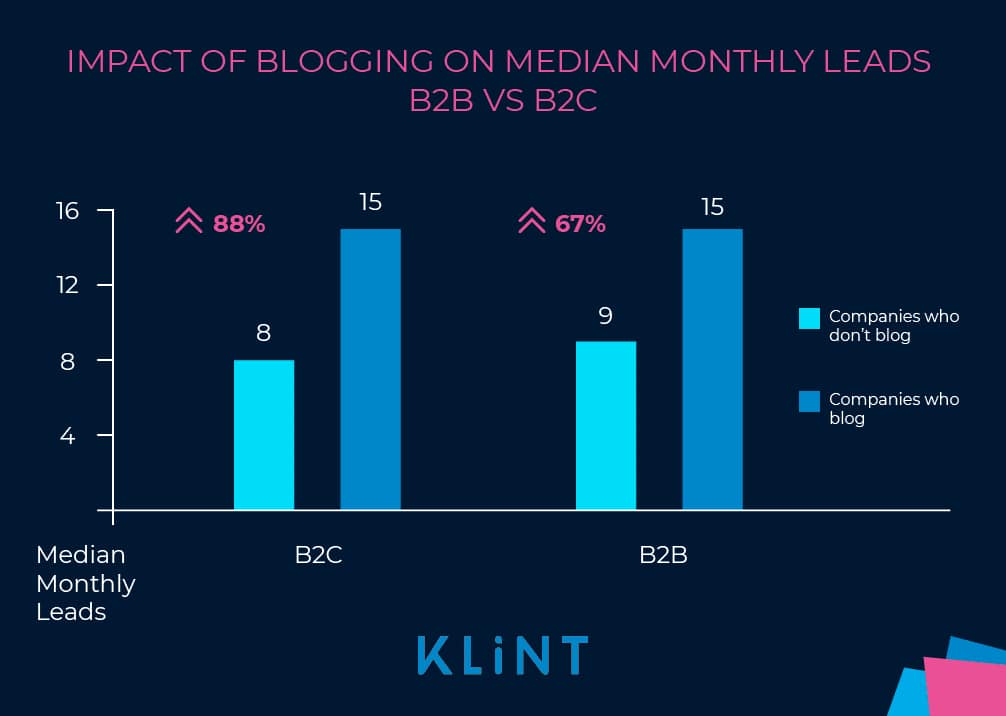
Inbound sales techniques at Uber

Uber – provides affordable alternatives to taxi services.
Main technique: Personalized Email marketing
Description:
Uber takes a different approach to email marketing with a strategy that uses geographically segmented lists to target customers and keep them riding. Email messages are personalized to make the user feel appreciated.
Here are some other strategies Uber uses to turn one-time customers into repeat customers:
- Personalized greetings.
- Targeted emails segmented by location, to leverage regional traffic events.
- Employee signed emails.
- Embedded personal promo codes where users can earn credit for sharing with friends.
- Follow-up emails after purchase in the form of ride summaries.
What you can learn:
Personalizing your inbound tactics makes your customers feel more valued as well as improving their experience of your product/service. This creates a greater connection between the customers and your business.
This will result in more loyal customers with which customers repeat purchase, therefore more revenue.
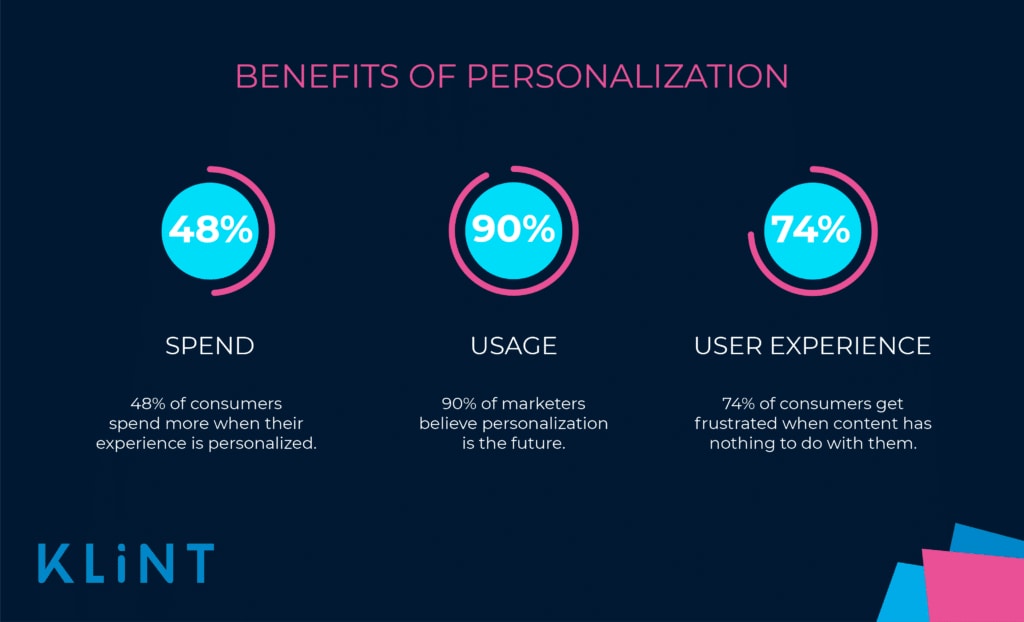
Inbound sales techniques at Birchbox

Birchbox – a monthly subscription service that sends sample-sized beauty products to your door, with the option of buying larger sizes of any of the products you liked.
Main technique: Video social media
Description:
As Birchbox’s customers aren’t seasoned beauty experts, Birchbox decided to create video content that offers advice and inspiration for trying new looks, edited differently for specific platforms. Here is what Birchbox learned about video for different social media platforms:
- Shorter videos with creative use of text perform well on Facebook because most videos on that platform are viewed without sound.
- Longer ‘how-to’ videos, make-up tutorials, and unboxing videos do the best on YouTube.
- Live streaming chats and Q&A sessions are a good way to engage with customers on Snapchat and Facebook Live.
- Subjects that have a short market time, such as limited-edition or holiday-themed products, are unboxed and shown on short-term platforms like Twitter’s Periscope and Snapchat.
What you can learn:
Providing content via social media is common practice in modern business. However, the value of having good content for your audience is diminished if you don’t consider the different viewing habits behind the various social media platforms.
Optimizing how you present your content will increase your audience engagement and subsequently create more warm leads.
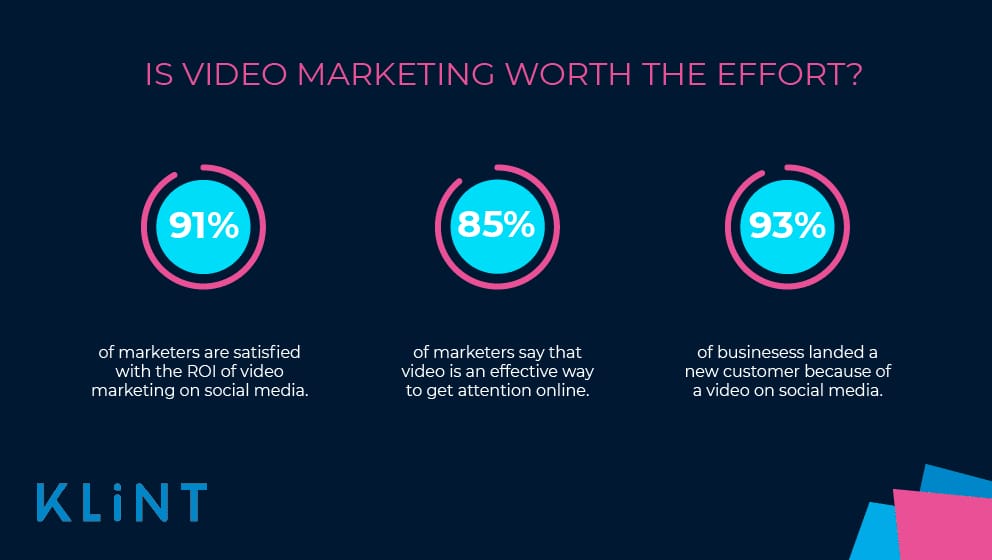
5 principles to improve your inbound marketing
So now you understand what is inbound sales and that there are numerous ways to increase your inbound sales. A significant part of inbound sales is marketing and without it, there would be no content to attract inbound leads.
Inbound marketing has 5 core principles, and if followed correctly, will result in valuable, engaging, growth hacking content for your audience.
The 5 principles include: Standardize, Contextualize, Optimize, Personalize, and Empathize (S.C.O.P.E).
1. Standardize – Make It Scalable
This fundamental aspect of inbound sales is about ensuring that your audience communication is consistent across all channels – social media posts, emails, blogs, sales calls, and so on.
If your audience is receiving different tones of voice, color schemes, and agendas across your platforms/channels, it’s confusing, which will likely drive them away.

In addition, the material and the motivations for creating it should be consistent. The primary goal of inbound sales should always be to solve the customer’s concerns; lead creation should be a secondary priority.
When done correctly, presenting a brand consistently across all platforms can increase revenue by up to 23%.
2. Contextualize – Make It Relevant
Contextualization involves tailoring your content to resonate with the right people at the right time.
You need to have a strong understanding of your target audience. To do this, build buyer personas, and recognize:
- Each persona’s pain points
- Their stage in the buyer’s journey
- The channel through which they’re receiving your content
If you know a prospect has downloaded/read your content, you should have a piece of content or sales plan ready to re-capture their interest and guide them through the customer sales funnel.
An example of this would be if someone signed up to download your article, then you can send them an email a few days later to follow up on their interest. Are they still interested in that subject? Would they be willing to look at your solution? Etc.
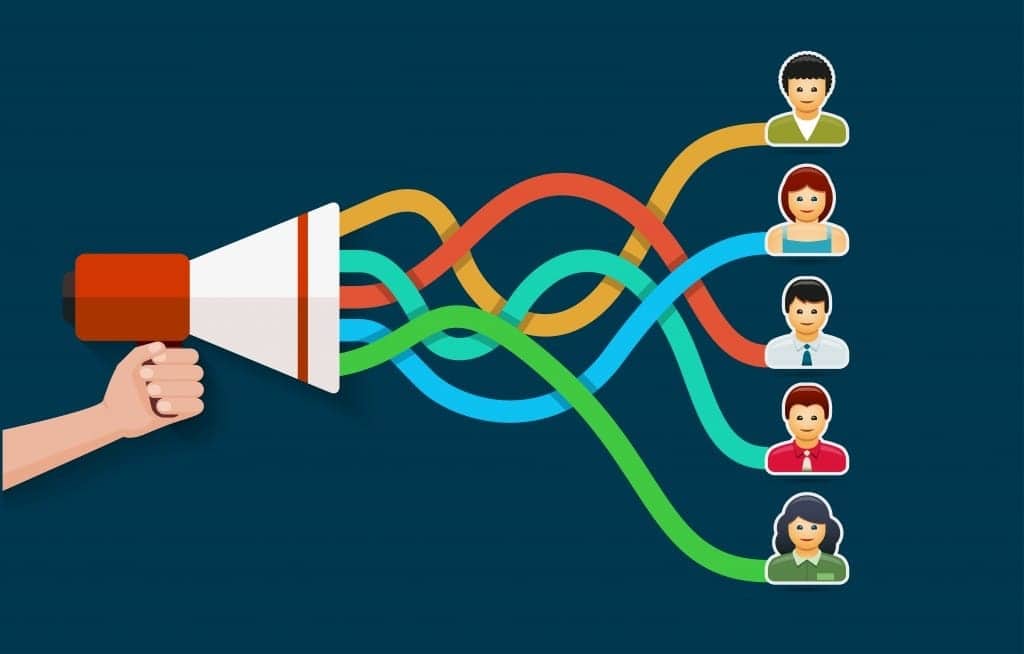
3. Optimize – Make It Better
After you’ve developed standard messaging and processes that appeal to your persona’s unique goals, plans, and challenges, you can delve into your data to identify improvements over time.
Whatever marketing activity you’re doing, you should be gathering data that will tell you where, when, and how to improve your strategy in the future.
For example, if you’re running an email nurture campaign, you should track and analyze KPIs (Key Performance Indicators) such as open rates and click-through rates to understand how to tailor your subject lines, email copy and content offers to be as relevant as possible to your personas.
4. Personalize – Make It Special
Consumers are bombarded with automated emails, robocalls, and cold, impersonal marketing materials these days. Your company’s chances of converting a prospect will rise if you can make them feel special.
When prospects fill out a form or engage with your brand in any way, they’re offering information about who they are and what they care about. Using that information to supplement your marketing material is how you stand out among your competitors.
If you can personalize (e.g. use the prospect’s name) and contextualize (e.g. send the prospect content with a CTA when their web behavior indicates that they’re in the evaluation stage of the buyer’s journey) at the same time, you’ll be more likely to engage with prospects successfully.
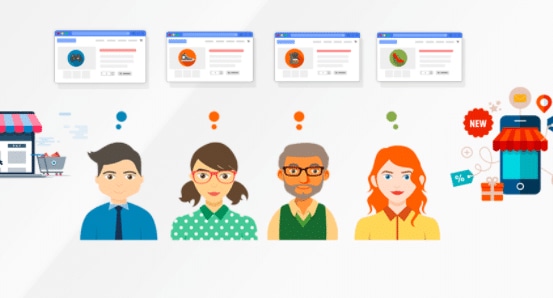
5. Empathize – Make It Human
Empathy is what ties the other four principles together.
When you show your target audience that you understand their challenges, that they’re not alone in those challenges, and that you’re able and willing to help them overcome those challenges, you form an emotional connection with those prospects.
This begins the process of forming a successful, long-term engagement that emphasizes customer satisfaction.
Conclusion
Inbound vs outbound sales are opposing strategies in terms of their processes, however, they can be used in tandem to generate more leads. This is not a zero-sum game.
The philosophy of inbound sales is to put the customer’s needs first. This means providing content that in some way helps them. The underlying purpose is to move warm leads through the sales funnel towards a conversion.
It’s important to keep the customer at the center of everything you do. What is it they need from you? How can you best deliver it to them? How can you best position yourself to help? etc.
An important part of inbound sales is marketing. There’s an abundance of platforms, channels and approaches to market to your target audience. Your decisions will be heavily determined by who your target audience are, their buyer personas, their pain points, where they are in their journey, etc.
At the core of all your decisions, remember to apply the S.C.O.P.E principles.






0 Comments